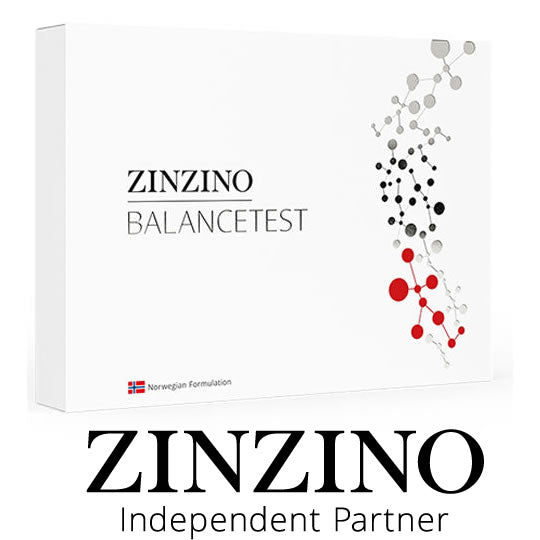
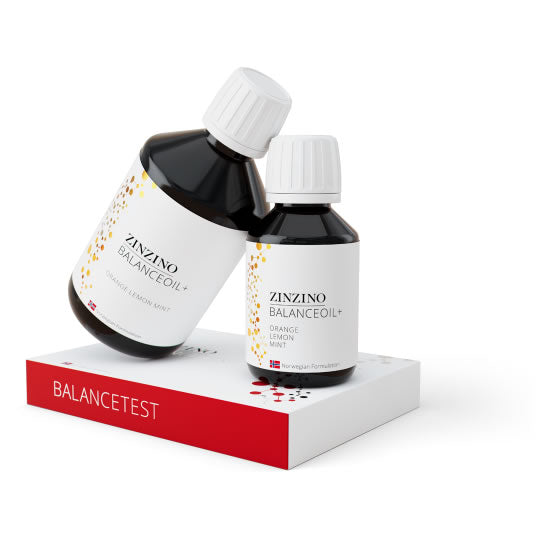
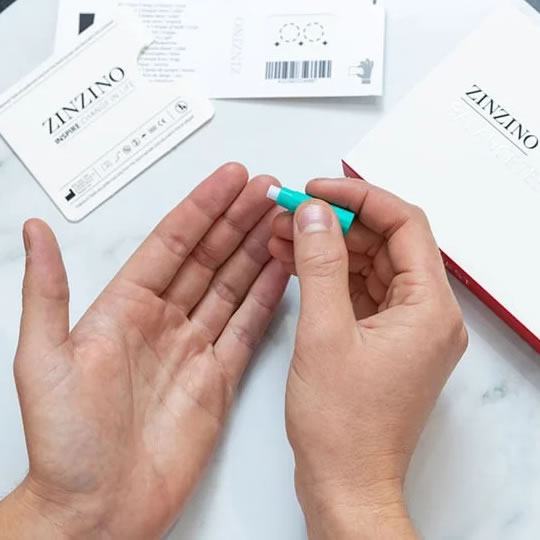
Your organic specialist company for Ayurveda and other natural products based in Switzerland
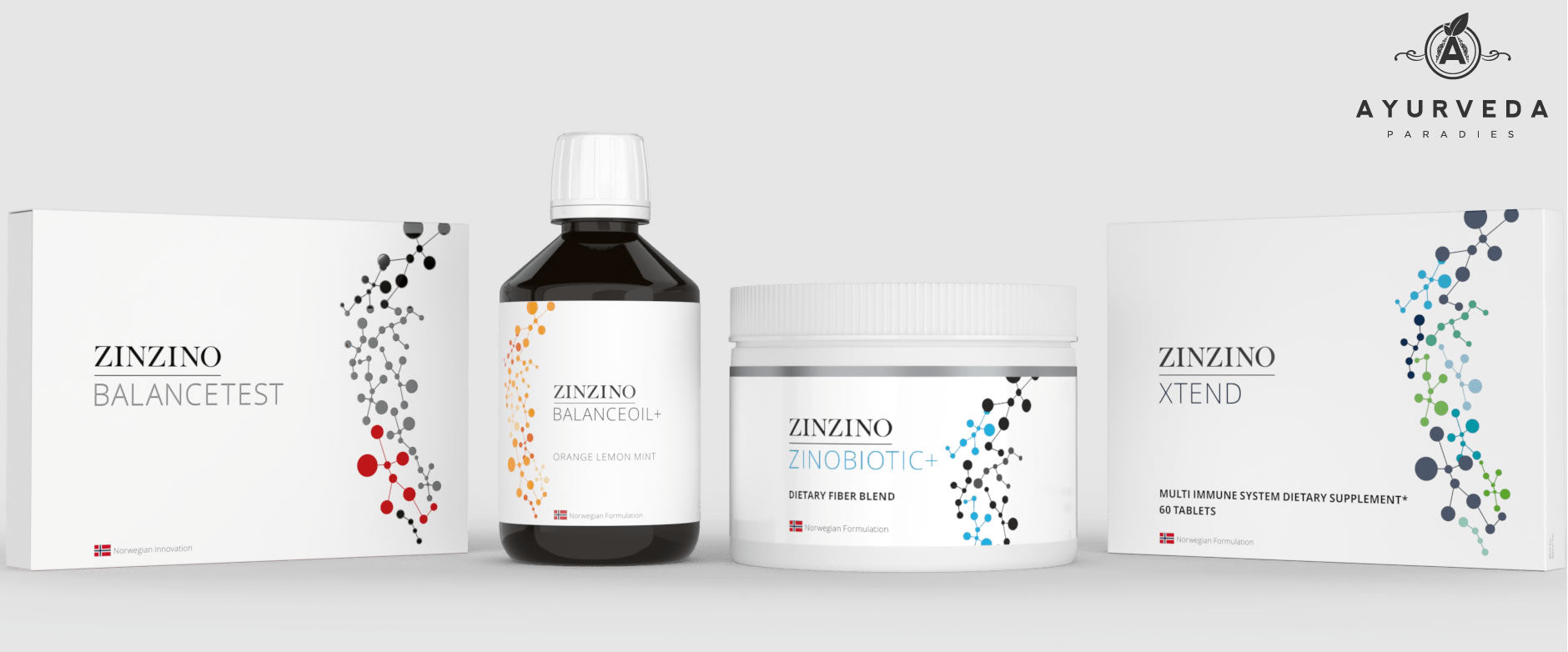
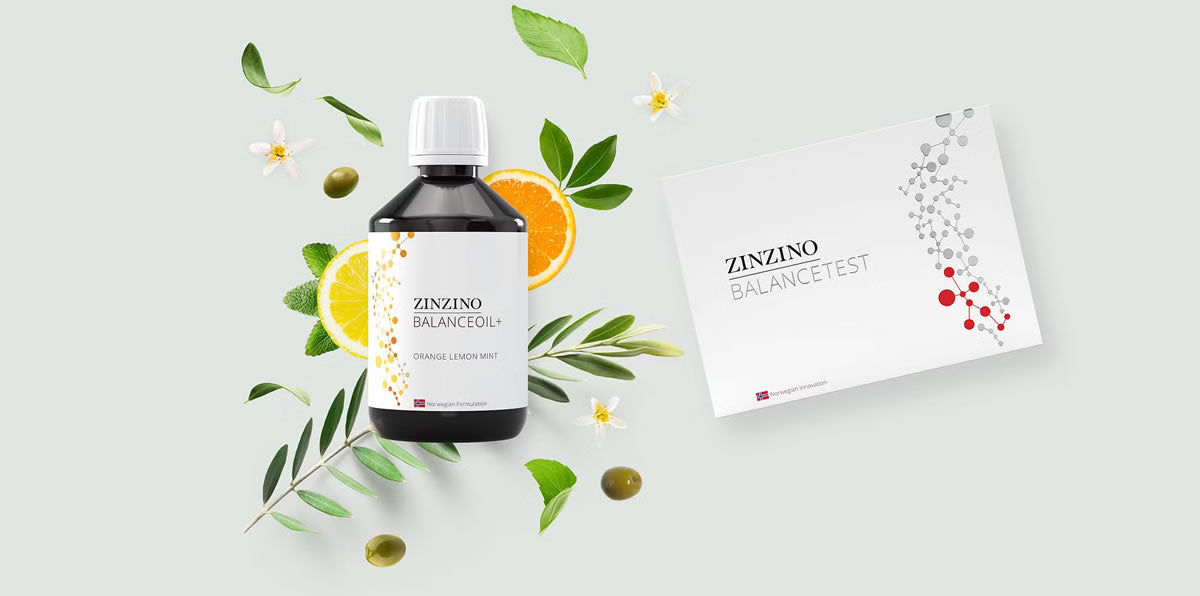




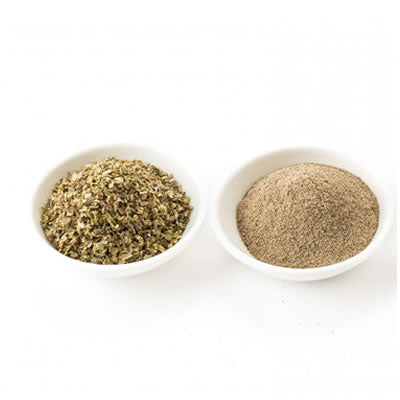
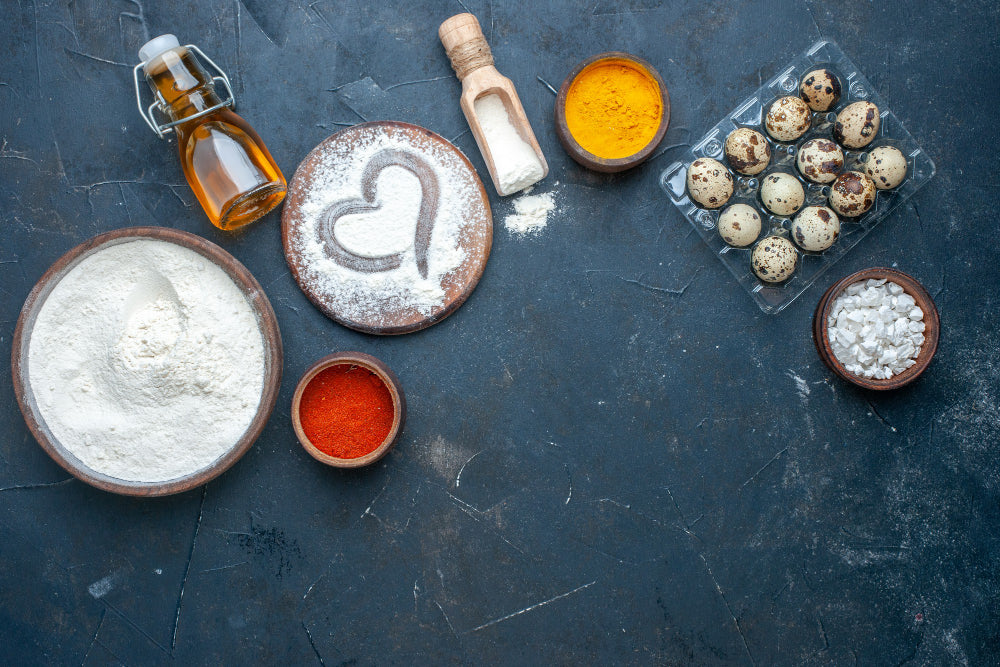
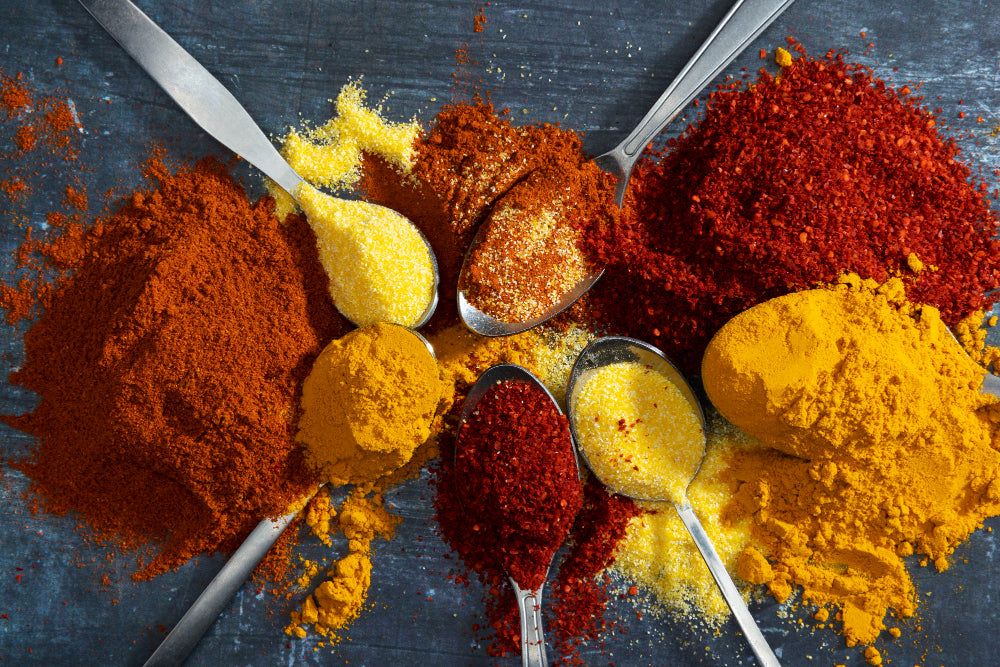
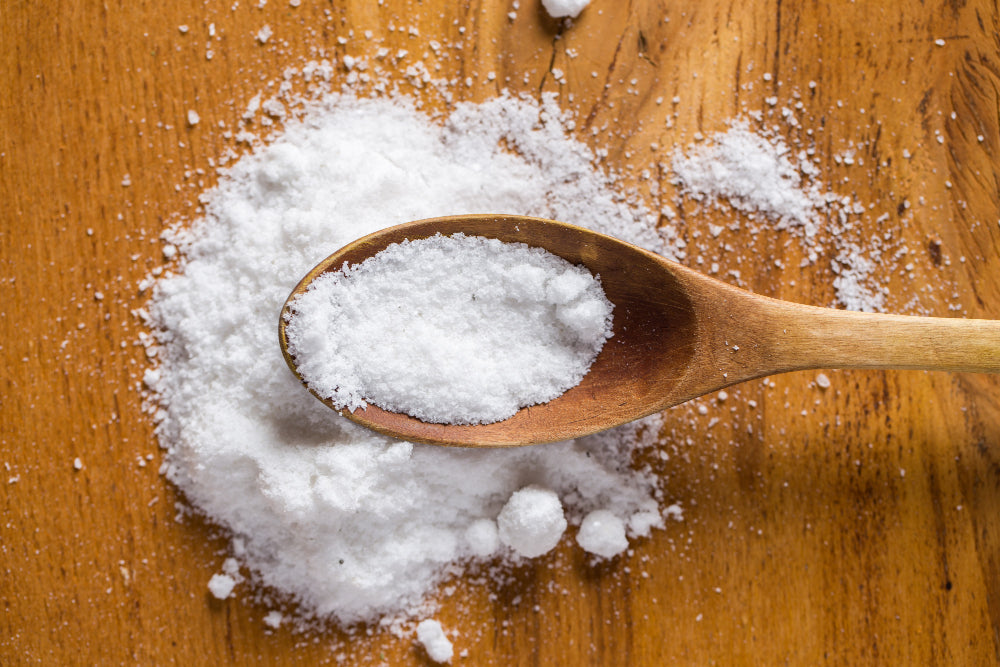
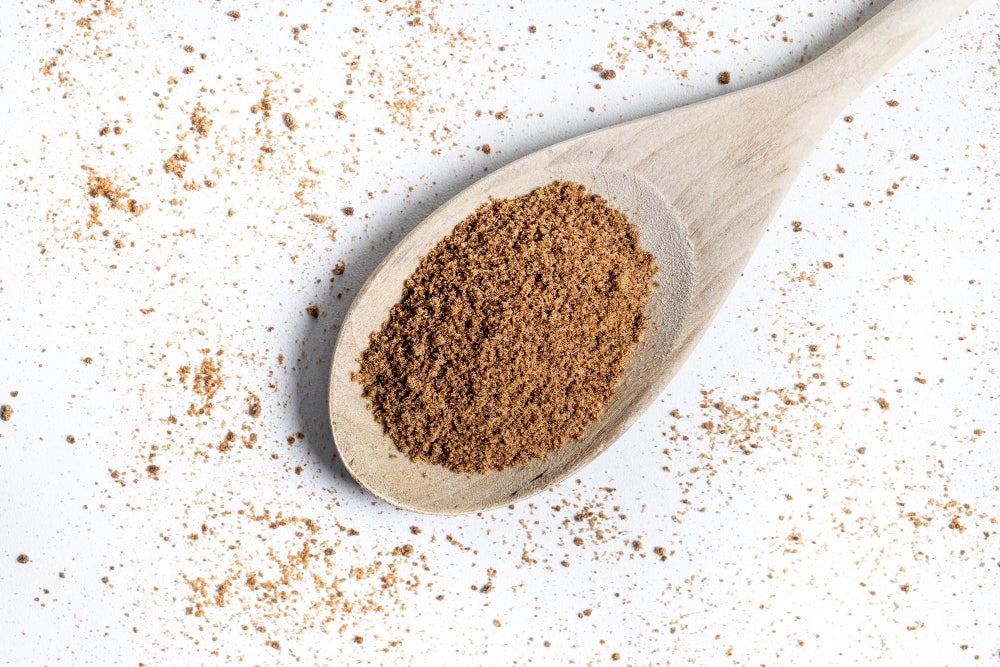
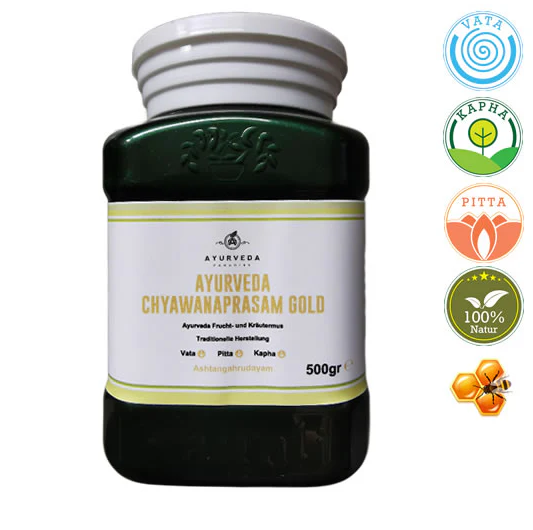
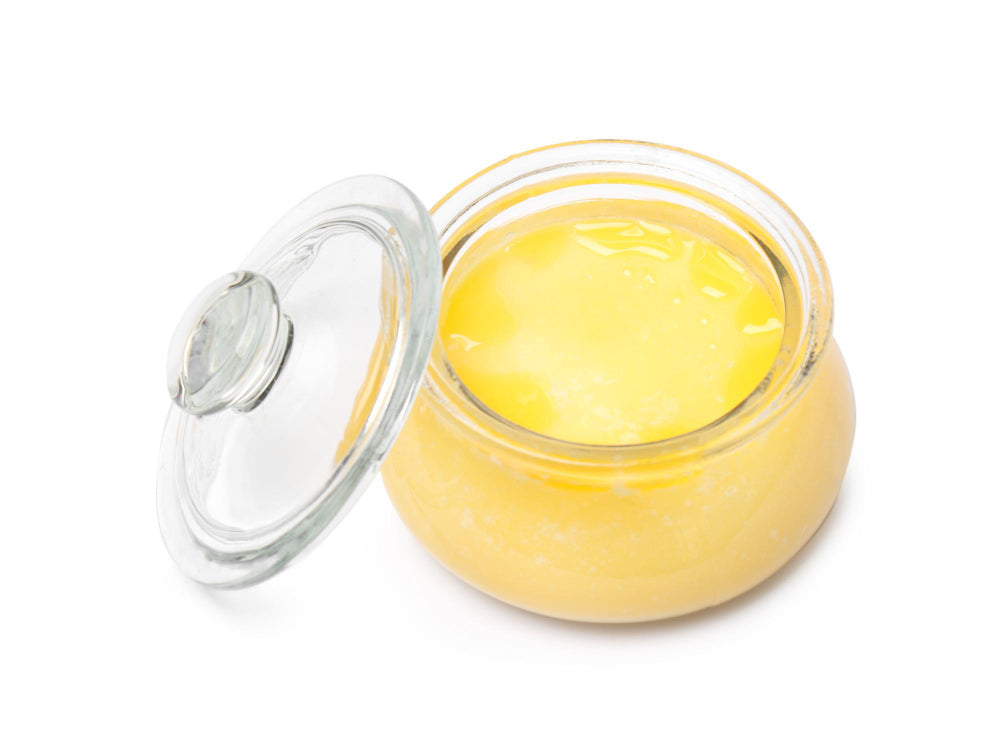
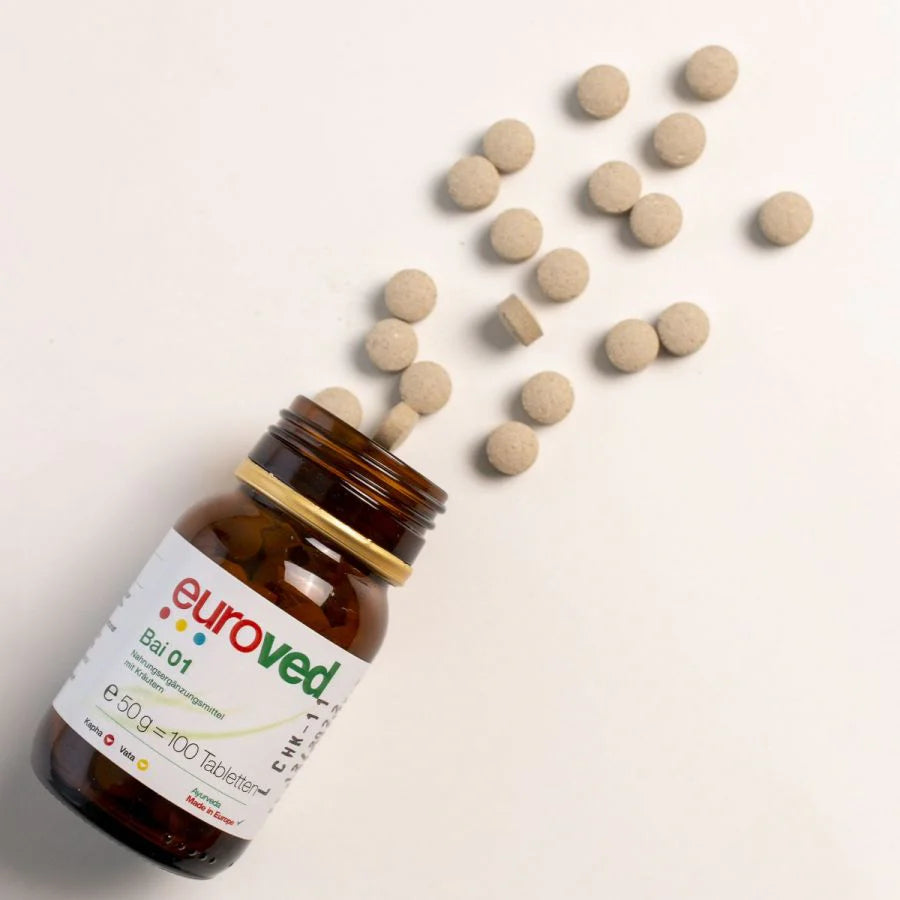
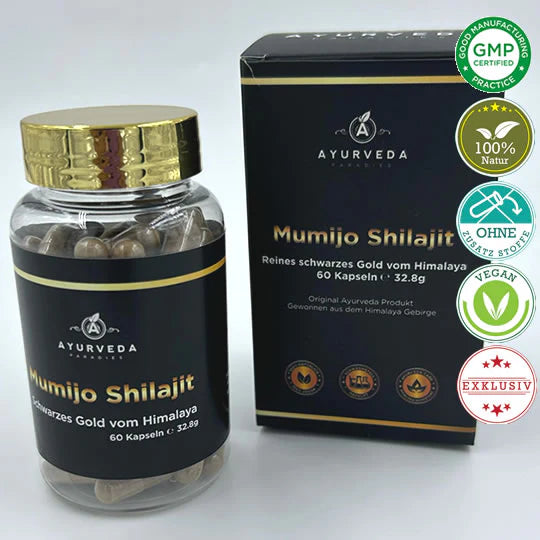


 magazine
magazine Pursue
Pursue Quality assurance
Quality assurance Support
Support


Better health is a personal thing, not a guessing game.We have over 1 million test results that prove it! - Your personalBalanceTest by Zinzinois a simple self-test that analyses the fatty acids in your capillary blood.Dried blood method(Dried Blood Spot, DBS), which takes only a few drops of blood from your fingertip.Scientific studies provethat the DBS test in the analysis of fatty acids is thesame accuracy as a venous blood sampleThe test requires only a few drops of blood placed on a Whatman® filter paper – a process that takes less than a minute.
You will receive a test report of over 20 pages in a few weeks.The test measures 11 fatty acids, including saturated, monounsaturated (omega-9), and polyunsaturated (omega-6 and omega-3) fatty acids. Individual fatty acid values are presented in the table and expressed as a percentage of the total fatty acids measured. For comparison purposes, the average range for each fatty acid (based on data from a large group of balanced individuals) is presented as the target value:Palmitic acid, C16:0, saturated fatty acidStearic acid, C18:0, saturated fatty acidOleic acid, C18:1, Omega-9Linolenic acid, C18:2, Omega-6Alpha-linolenic acid, C18:3, Omega-3Gamma-linolenic acid, C18:3, Omega-6Dihomogamma-linolenic acid, C20:3, Omega-6Arachidonic acid (AA), C20:4, Omega-6Eicosapentaenoic acid (EPA), C20:5, Omega-3Docosapentaenoic acid (DPA), C22:5, Omega-3Docosahexenoic acid (DHA), C22:6, Omega-3
How your results are calculated with the Zinzino BalanceTest
11 fatty acids are analyzed and the sum of their proportions is considered to be 100%. For the following 6 values we use 7 of the fatty acids. The analyzed proportion of each of the 7 fatty acids is calculated as a percentage of 100%.
1st Omega-3 eicosapentaenoic acid (EPA)
2nd Omega-3 docosahexenoic acid (DHA)
3. Omega-3 docosapentaenoic acid (DPA)
4th Omega-6 arachidonic acid (AA)
5th Omega-6 dihomogamma-linolenic acid (DGLA)
6th Saturated fatty acid, palmitic acid (PA)
7th Saturated fatty acid, stearic acid (SA)
protection value
First, the following 3 recognized health indicators are calculated:
1st The value for the omega-6 ratio is calculated as follows: (DGLA+AA) * 100 / (DGLA+AA+EPA+DPA+DHA)
2nd The value for the omega-3 concentration is the sum of EPA+DHA
3. The balance value is calculated as Omega-6 (AA) / Omega-3 (EPA).
Each indicator value is given equal weight in a second calculation and assigned a value between 0 and 100, which is then divided by 3 to determine the protection value, which is ideally above 90. However, this does not say anything about the health status of the person, but only indicates their fatty acid protection profile.
A notice: The EPA and DHA levels have a strong impact on all calculations, and when the percentages of EPA and DHA are low, it is not uncommon to have very low or even zero protection levels.
Omega-3 index
The Omega-3 Index is the summary of the percentage values for the two marine Omega-3 fatty acids EPA and DHA. The ideal combined level is at least 8%, with higher values in the range of 10% being desirable. Omega-3 fatty acids have many benefits because they are the main building blocks of our cells. EPA is found primarily in the blood, muscles and tissues, while DHA is found in the brain, sperm and eyes.
Omega-6:3 balance
The balance is calculated by dividing the percentage of AA by the percentage of EPA (AA/EPA), which is then expressed as a balance value, for example 3:1. The omega-6:3 balance in the body should preferably be below 3:1. If the ratio is above 3:1, changing your diet will be helpful. A low balance of omega-6 and omega-3 is important for maintaining normal cell and tissue development (self-regulation of the organism or homeostasis). It also helps the body keep inflammation under control.
cell membrane fluidity
Fluidity is calculated by dividing the percentage of the two saturated fatty acids by the percentage of the two omega-3 fatty acids. The fluidity value is thus defined as (PA+SA) / (EPA+DHA), and the result is expressed as a fluidity index, for example 3:1. If the fluidity value is below 4:1, this shows that the cell membranes are sufficiently fluid. The more saturated fats there are in a membrane, the stiffer this membrane is. Conversely, the more polyunsaturated fats there are in a membrane, the more fluid this membrane is. The cell membrane composition and structural architecture are crucial for the health of the cells and therefore for the body. On the one hand, the membrane must be firm enough to ensure a stable structural cell architecture.On the other hand, the membrane must be fluid enough to allow nutrients in and waste products out.
Mental Strength
This is calculated by dividing the percentage value of AA by the sum of the percentage values of EPA and DHA, i.e. the mental strength value = AA / (EPA+DHA). The result is expressed as a mental strength value, for example 1:1. The value should be less than 1:1 for an adequate and balanced supply of polyunsaturated fatty acids (omega-6 and omega-3) to the brain and nervous system. Cognitive performance increases with increased intake of the marine omega-3 fatty acids EPA and DHA. Childhood and old age are critical and vulnerable periods, and a deficiency in omega-3 is associated with learning and memory disorders and mood problems.
arachidonic acid (AA) index
The AA index shows the measured level of the omega-6 fatty acid arachidonic acid (AA) as a percentage of the total fatty acids measured. Good average values are in the range of 6.5 to 9.5%. The optimal target value is 8.3%. Arachidonic acid (AA) is the most important omega-6 fatty acid for the body. It is the starting point for the production of local tissue hormones triggered by omega-6, such as prostaglandins, thromboxanes and leukotrienes, all with different functions. However, their general function is to protect the body from damage by limiting the progression of infections or the effects of an injury.
Certified test kit
The certified Zinzino dry blood test complies with the European In Vitro Diagnostics Directive (IVD) 98/79/EC. This means that the test and all its components comply with the applicable laws and regulations, which is why the kit also bears the CE mark.
expert lecture ZINZINO
Experience an expert lecture with alternative practitioner Jasmin Quinten and gynecologist and nutritional doctor Dr. Anja Stab. current event dates can be found in Ayurveda Paradies.
Conducting the test:
1. The Zinzino test is an approved in vitro diagnostic device for personal home blood collection. - First, wash your hands with soap. Rinse thoroughly with warm water and dry.
2. Remove the sample card from the paper envelope. Keep the envelope for future reference. Tear off the "KEEP" section of the sample card and take a photo of the test ID. Your PERSONAL test ID will only allow you to see your test result. Place the card on the table with the two circles facing up.
3. Stimulate blood flow by making large circles with your arm or shaking your hand downward for 20 seconds.
4. Remove the disposable lancet from the packaging. After removing the transparent safety cap, the lancet is ready for use. Clean the tip of your finger (preferably your middle finger) with the alcohol swab. Place the lancet on the lower part of your fingertip, facing the collection paper on the table. Press the lancet toward your finger until you hear a click. The lancet will automatically make a small prick in your finger.
5. Do not touch the filter paper with your fingers.
6. Fill the circles one at a time with blood. Gently press your finger and allow a drop of blood to fall onto the circle. If the blood doesn't completely cover the circle, immediately add another drop. Leave the sample card in a horizontal position at room temperature for at least 10 minutes to allow the samples to dry thoroughly.
7. Insert the sample card into the paper envelope. Then insert the paper envelope into the metal bag and close it.
IMPORTANT: The desiccant sachet must not be removed.
8. Place the closed metal bag into the large envelope with the laboratory address printed on it.
NOTE! You must ensure that the envelope is adequately stamped before placing it in the mailbox. Register your test code on the website www.zinzinotest.com. You will find your test result there later. It takes 10–20 days for your result to be available.
IMPORTANT: Keep the SAVE section of the card. You can only view your test results with your anonymous test ID.
Laboratory examination
Ayurveda Paradies™ is the Swiss online shop for authentic Ayurvedic products and other natural products. You can expect tested and unique products recommended by Ayurvedic physicians, therapists, and alternative practitioners. Feel free to contact us online with any questions.
Thanks for subscribing!
This email has been registered!
Get 10% off your first order
Enter code 'NEU10' at checkout.